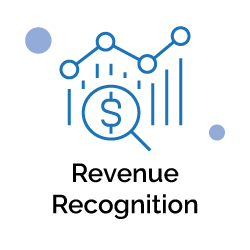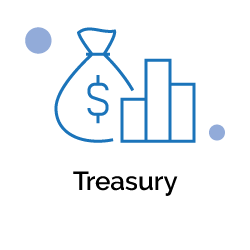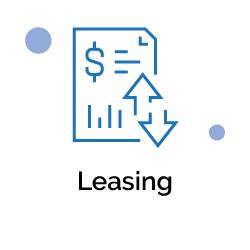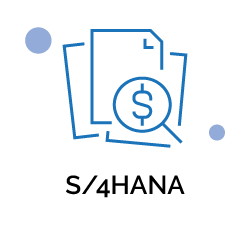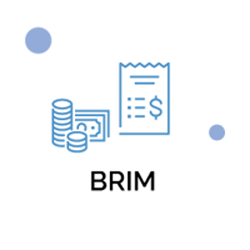The FASB’s new leases standard (Topic 842) has now been adopted by all public companies reporting under US GAAP, and most of those companies have issued their first set of annual financial statements under Topic 842. With these changes most of companies had quite a significant impact in the leasing industry. In the leasing business in over 30 years where in the previous instance many companies were using off-balance sheet financing to have leases and they were not required to report them on their balance sheet with the adoption of ASC 842.
The primary change to lease accounting is that organizations must recognize lease assets and lease liabilities on the balance sheet for most of their lease arrangements. Lessors will mirror the accounting on the lessee side, recognizing a lease receivable and deferred inflow of resources. The governing boards created new standards for lease accounting based on feedback from investors and users of financial statements requesting more visibility regarding future lease obligations and lease receivables.
ASC 842 Lessor Accounting –
Not as many changes for Lessor

ASC 842 Lessor Accounting – Not as many changes for Lessor

ASC 842 and Lessor Accounting Model
Topic 842 retains same basic lessor accounting model
A lessor will classify leases as (1) sales-type, (2) direct financing, or (3) operating using criteria similar to Topic 840. Leveraged lease
classification, however, will be eliminated prospectively.
Balance sheet
Income statement
Cash flow statement
Sales-type and direct financing leases
Operting leases
ASC 842 and Lessor Accounting Model
Topic 842 retains same basic lessor accounting model
A lessor will classify leases as (1) sales-type, (2) direct financing, or (3) operating using criteria similar to Topic 840. Leveraged lease
classification, however, will be eliminated prospectively.
Sales-type and direct financing leases
Balance sheet
Income statement
Cash flow statement
Operting leases
Balance sheet
Income statement
Cash flow statement
ASC 842 and Lessor Disclosures
The disclosure objective of Topic 842 is to provide financial statement users sufficient information to assess the amount, timing, and uncertainty of cash flows arising from leases.
To achieve that objective, a lessor’s disclosures will include:
ASC 842 and Lessor Disclosures
The disclosure objective of Topic 842 is to provide financial statement users sufficient information to assess the amount, timing, and uncertainty of cash flows arising from leases.
To achieve that objective, a lessor’s disclosures will include:
Simplify, Automate and Optimize your compliance with the New Lease Accounting Standard solution with SAP Contract & Lease Management (CLM). Leverages What You’ve Already Invested.
The SAP Lease Administration solution is a full “End to End” Lease accounting lifecycle management solution specifically designed to manage accounting and compliance to both the current and new Lease Accounting standards. The solution is designed to control all aspects of the accounting required for both US GAAP and IFRS current and new standards and as such will provide the required accounting entries, fixed asset entries, and disclosure/parallel reporting. The solution has been reviewed by one of the Big 4 Accounting firms and certified for meeting compliance with current and new accounting standards
The New Common Regulations for Contract and Lease Management drives significant change as follows

Simplify, Automate and Optimize your compliance with the New Lease Accounting Standard solution with SAP Contract & Lease Management (CLM). Leverages What You’ve Already Invested.
The SAP Lease Administration solution is a full “End to End” Lease accounting lifecycle management solution specifically designed to manage accounting and compliance to both the current and new Lease Accounting standards. The solution is designed to control all aspects of the accounting required for both US GAAP and IFRS current and new standards and as such will provide the required accounting entries, fixed asset entries, and disclosure/parallel reporting. The solution has been reviewed by one of the Big 4 Accounting firms and certified for meeting compliance with current and new accounting standards
The New Common Regulations for Contract and Lease Management drives significant change as follows

Benefits of SAP CLM

Why choose Bramasol?
Don’t settle for a solution that is less than the best or a partner who isn’t the leader. With SAP and Bramasol, you get both. SAP Contract and Lease Management is the only one certified by a Big 4. With Bramasol and SAP CLM we can make it all possible. With deep expertise in lease accounting, we are not only product experts, but solution experts who help guide you through the process of selecting, designing, implementing and supporting your lease solution to obtain maximum value, quickly and cost effectively.
Why choose Bramasol?
Don’t settle for a solution that is less than the best or a partner who isn’t the leader. With SAP and Bramasol, you get both. SAP Contract and Lease Management is the only one certified by a Big 4. With Bramasol and SAP CLM we can make it all possible. With deep expertise in lease accounting, we are not only product experts, but solution experts who help guide you through the process of selecting, designing, implementing and supporting your lease solution to obtain maximum value, quickly and cost effectively.



